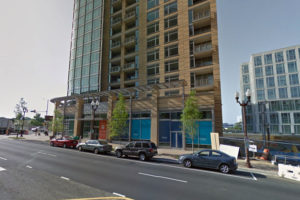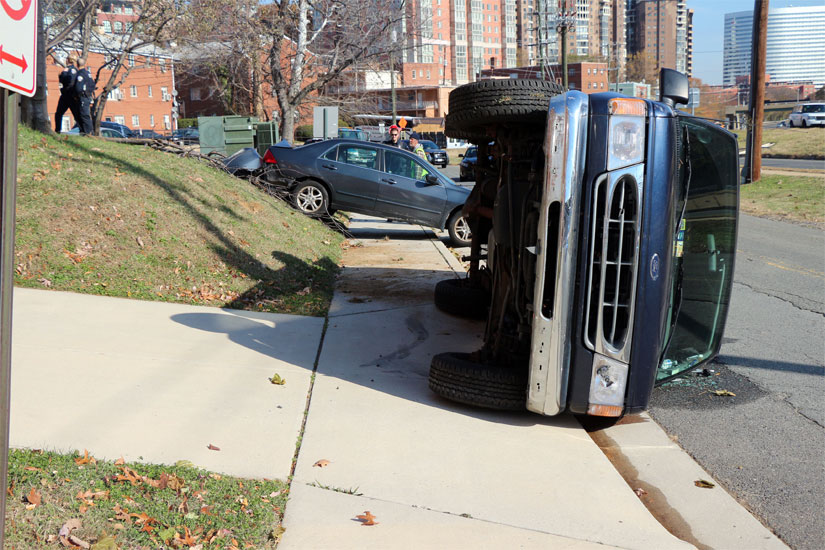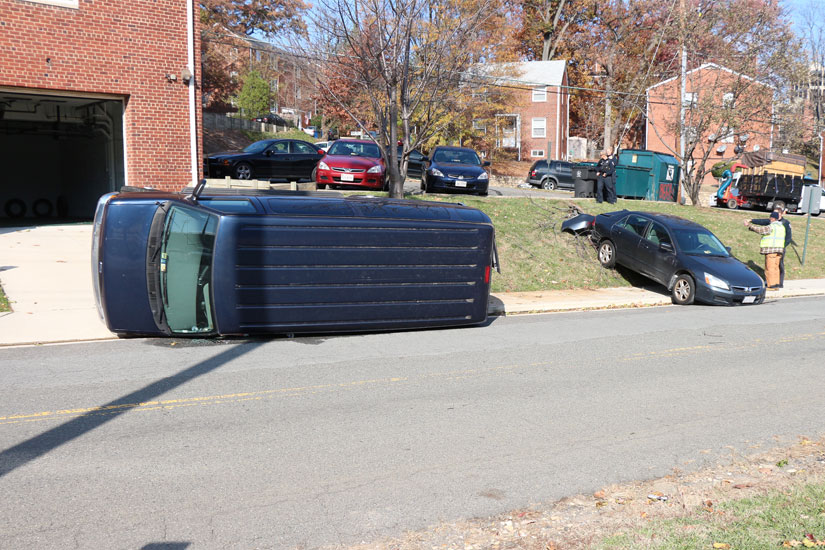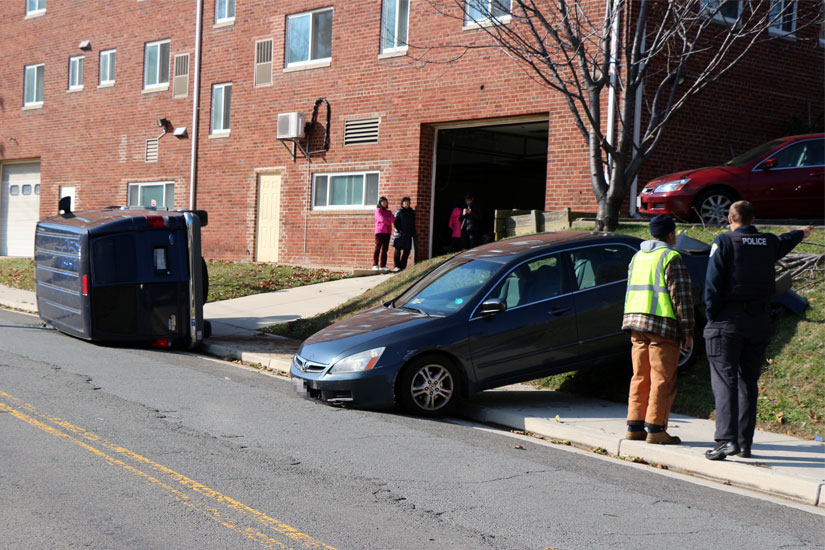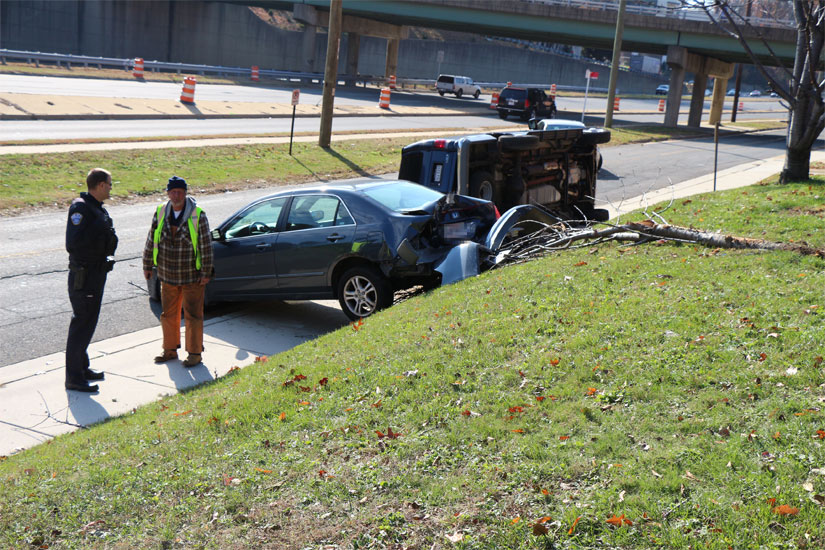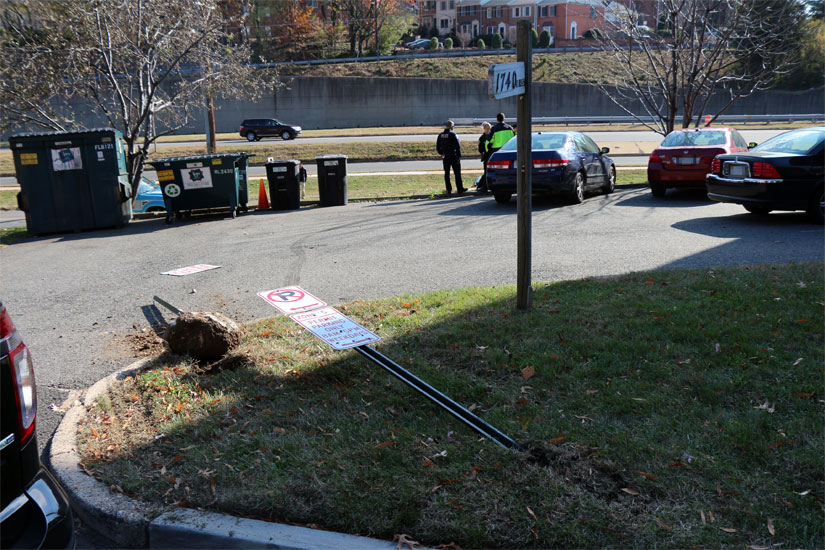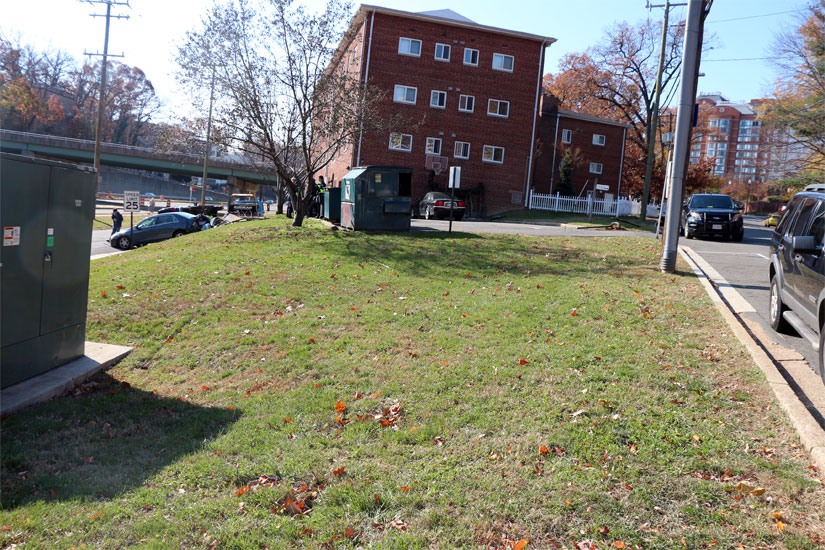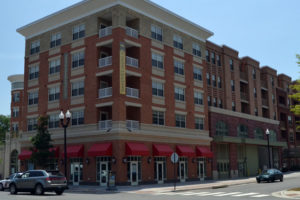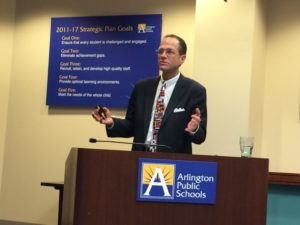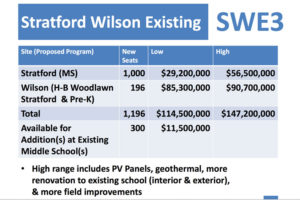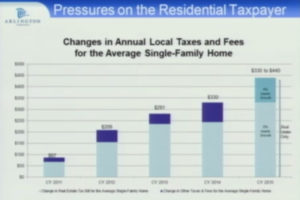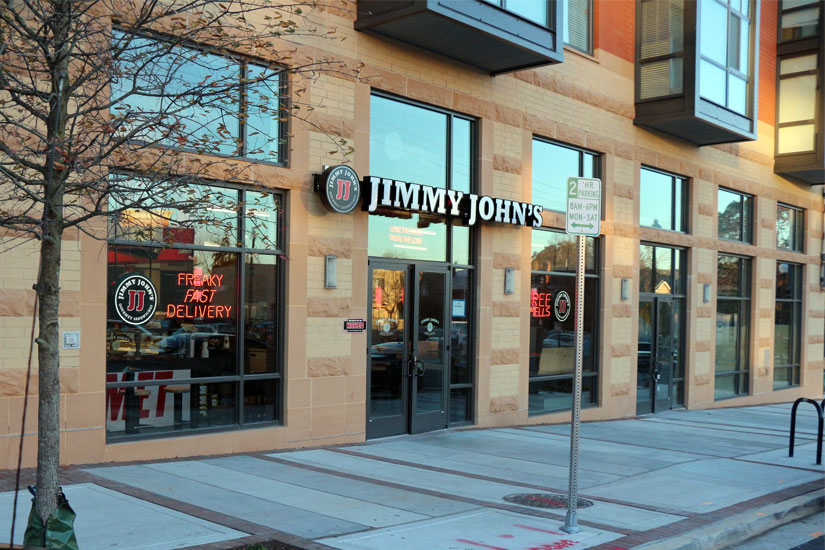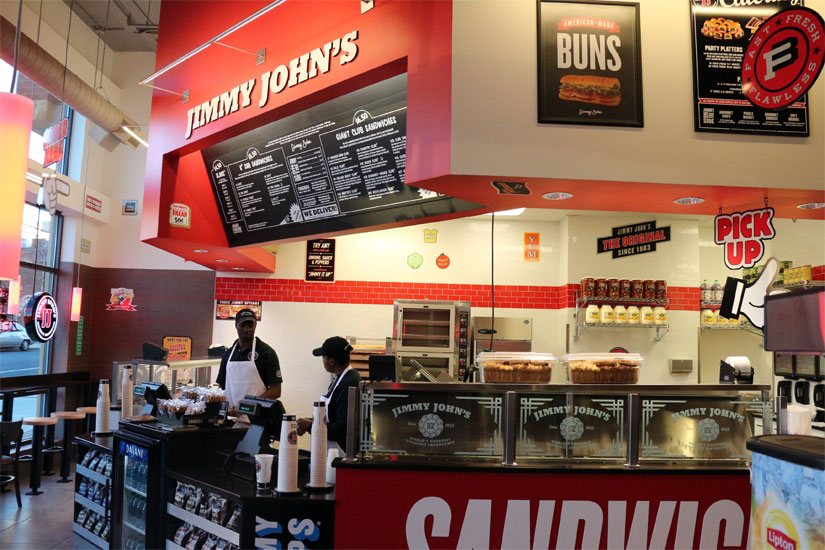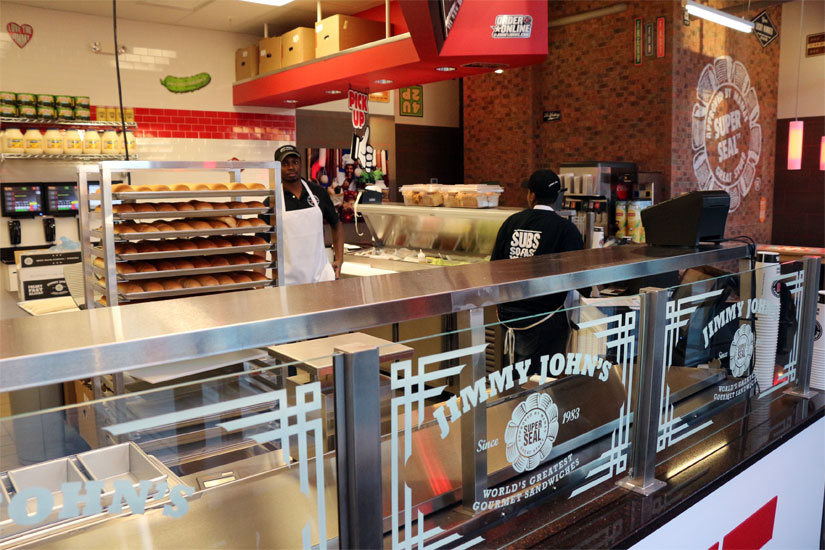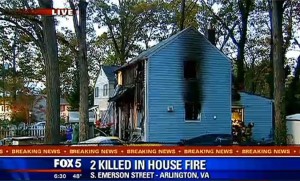 The Arlington County Board officially closed out its FY 2014 budget — which covered from July 1, 2013 to June 30, 2014 — this week and allocated all of its $233.1 million in carryover funds.
The Arlington County Board officially closed out its FY 2014 budget — which covered from July 1, 2013 to June 30, 2014 — this week and allocated all of its $233.1 million in carryover funds.
Of that money, $203.3 million has already been allocated for FY 2015 programs, toward county reserves or spent according to county policy.
This includes $46.7 million toward Arlington Public Schools and $62.4 million toward “maintaining the operating and self-insurance reserves” required to keep the county’s current bond rating.
A significant leftover sum is present nearly every year and was accounted for in the FY 2015 budget process. This year, there’s $29.8 million in discretionary funds remaining the county can spend as they see fit.
The County Board approved in a 5-0 vote the county manager’s recommendation to allocate:
- $13 million for “FY 2016 budget issues,” including $6.3 million in capital improvements like ConnectArlington and the continued move of Department of Human Services divisions to the Sequoia Plaza along Arlington Blvd
- $8.2 million to the affordable housing investment fund for FY 2016
- $3.4 million for “employee compensation and management,” including recruiting for the Arlington County Fire Department, staffing the Emergency Communications Center and the fourth year of the county’s pay reclassification program
- $2 million for safety and technology investments, such as field training, software replacement and records retention
- $2.4 million for programs like economic development and for contingency funds
- $1.5 million to housing grants
Among the $13 million is $1.3 million for funding Artisphere. Next month, County Manager Barbara Donnellan will give the County Board a recommendation on the future of the facility, which was expected to be self-sustaining but instead requires millions of dollars in county funding per year.
Donnellan declined to give a preview of her recommendation, but said that even if the county decided to terminate its contract, it would still need to pay $1.1-1.3 million as part of its commitment to the owner of the building that houses Artisphere.
Last year, the county had a $25 million surplus and spent it on many of the same projects: Artisphere, employee compensation and affordable housing. During the County Board’s discussion on Tuesday, no Board member brought up the idea of directing funds elsewhere, including back to taxpayers.


